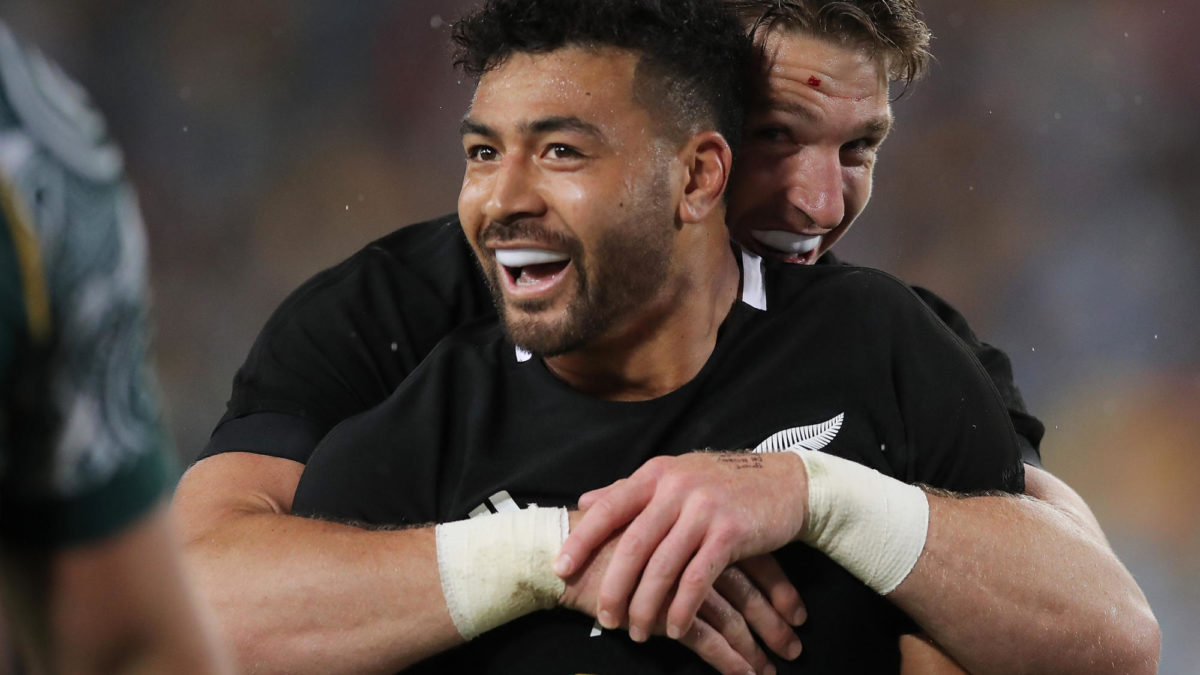
At the close of the 2021 international season I promised Roarers an analysis on the All Blacks’ flyhalf role and what would give New Zealand the greatest chance for success in the current game.
Admittedly I am starting from a seriously negative position following on from this article, which clearly hit a nerve with rugby fans as the circa 45,000 reads indicated.
But my conclusions on the ten role back nicely into the conclusions from this earlier piece.
The delay in this current article lay in my desire to see the two most prominent players in the position play both against each other, and to have seen both players play live.
With both criteria now ticked off, it’s time to hit the keyboard.
The All Blacks’ ten shirt is a choice between two styles that could not be further apart.
In Beauden Barrett we have a genius capable of flashes of brilliance that no one else in the world can match, but demonstrably does not control a game and has way too many errors.
And in Richie Mo’unga we have a complete skill set, still capable of the high-level moments of brilliance, but with a perception issue in the New Zealand press and public that he has not nailed his opportunities.
That’s despite his win rate being miles in front of every ten he is likely to face between now and the World Cup.
Ideally, this article would look purely at the style of play required in the black jersey and ignore the individuals.
But NZ’s two best exponents of the role so diversely personify the differences in game management that it is impossible to analyse without focusing on their individual performances.
Let’s start with the raw numbers.
Barrett has 64 starts at a 16 per cent loss rate and 37 substitute performance at a three per cent loss rate.
Mo’unga has 21 starts at a 19 per cent loss rate and 13 substitute starts at a 24 per cent loss rate.
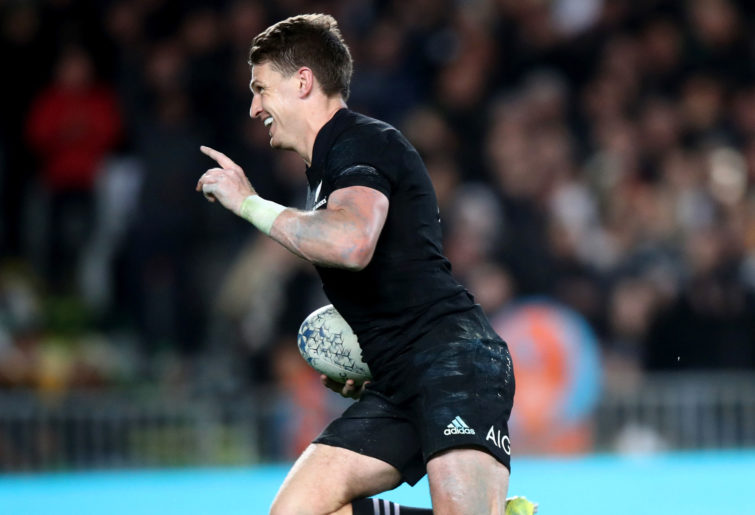
(Phil Walter/Getty Images)
The key statistic hidden here is Barrett’s loss rate when starting at flyhalf since the South Africa game in 2018, which is a whopping 27 per cent.
So the reason for the transition of the ten shirt to Mo’unga over recent seasons could not be clearer.
And I am not sure anything we saw in last year’s internationals nor in the Super Rugby games so far this season has changed the reasons for that initial decision.
There is a clear choice before the All Blacks’ selectors: do we go with the flashy, moment-producing brilliance or do we go with a more all-round, control-based game?
When we look at how the best sides in the world are playing now, there are two very clear styles.
We have France and South Africa, who have a low-error, conservative-territory-based kicking game.
These teams force you back and wait for an error. It sounds very much like the All Blacks at their best to me, or Ireland, who base their game on constant position and grinding you into submission.
All three sides bring a disciplined and rapid defensive line.
This is where I understand the suggestions, like we saw from Kieran Crowley, that the All Blacks are arrogant, and that was a key theme in my article referred to above.
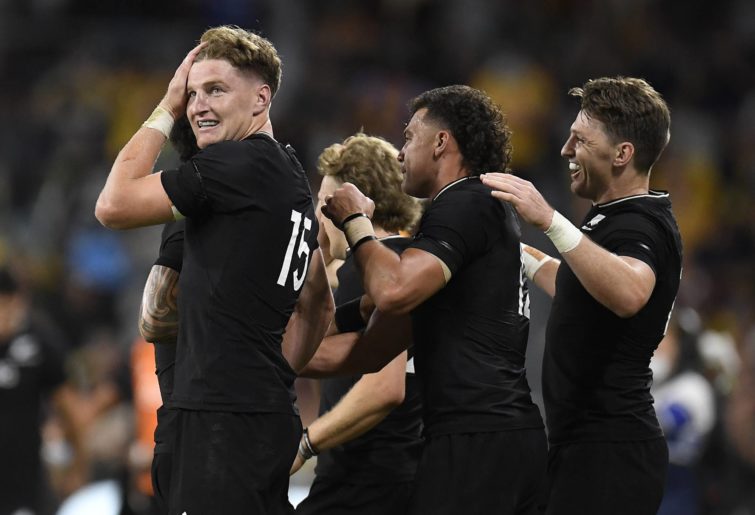
(Photo by Ian Hitchcock/Getty Images)
If the All Blacks do not make allowances for the style of game the opposition are going to bring against us, then the England semi-final and the losses on the end-of-year tour are going to keep repeating themselves.
Many take umbrage at the use of the word arrogance, but surely refusing to change your game plan when racking up losses fits the criteria.
Much to the chagrin, no doubt, of New Zealand readers, I am going to use Quade Cooper as an example of how changes in game plan and execution are needed dependant on the opposition and that players selected have to deliver on the appropriate plan.
There is a salutary lesson in how Australia secured two wins against South Africa last season.
These were the key factors for me.
A long kicking game from hand, which not only finds grass but pushes the opposition back so that when the return midfield bombs and box kicks do come, they are landing around the halfway/ten-metre line rather than on your 22.
He varied his depth in the pocket constantly and distributed to his outsides with pace, which means a rush defence has to choose between multiple targets rather than single reads.
He kept his error rate to an absolute minimum.
That is not exactly what we would have expected from Quade Cooper over the years but he adjusted exactly to his coach’s game plan and executed on point when required.

(Photo by Jono Searle/Getty Images)
Let’s deal with the kicking from hand firstly. Versus South Africa last year, New Zealand struggled to keep them back via the boot.
And as a further example, look no further than the recent Crusaders versus Blues game when Mo’unga not only comprehensively won the kicking duel, but the shortness of Barrett’s kicking game brought wave after wave of Crusaders attack back on top of his team, with only a sterling defensive effort keeping them out.
The All Blacks cannot afford this again at international level.
Here is a precis of my notes from that Crusaders versus Blues match. Needless to say, they are somewhat different from the X-factor-obsessed New Zealand mainstream media in the week afterwards.
20 minutes – Mo’unga was quiet, Barrett had four errors, including two charge downs.
22 minutes – Barrett exploded up the middle and Finlay Christie was in, genius.
45 minutes – Scott Barrett got himself sent off.
52 minutes – Mo’unga led 50-22. He had taken over control of this game.
68 minutes – Barrett confirmed Newton’s third law of motion with a lack of patience and a brain explosion. The Crusaders returned the poor chip kick for a try. They were back in this.
70 minutes – Barrett disappeared other than a kicking game, which was too short and continued to invite trouble.
Kicking duel – clear win to Mo’unga.
Game control
Quade Cooper never really gave me the shakes when he played in the Bledisloe Cup until he started to get multiple touches in the same set of phases and then all the alarm bells would go off.
Against South Africa he did exactly this, from deeper in the pocket, and varied the targets so the line speed defence would have more than one thing to think about.
Considering the opposition waiting for the All Blacks this international season and at the World Cup, surely the All Blacks need a ten that is constantly in the game and can direct his side around the park.
In that great Blues versus Crusaders game, here are the comparisons.
Barrett had eight runs, 20 kicks, and 15 passes for a total of 43 touches.
Mo’unga had 13 runs, 12 kicks and 33 passes for a total of 58 touches.
If we are using this head-to-head as an All Blacks trial, I had Mo’unga well ahead on points across the board.
But I was clearly in the minority as the media anointed Barrett to the All Blacks off the back of this game.
So I sent my thesis off to someone whose opinion I respect. He came back with, “But didn’t Barrett win the running game so comprehensively that it was enough to tilt the balance?”.
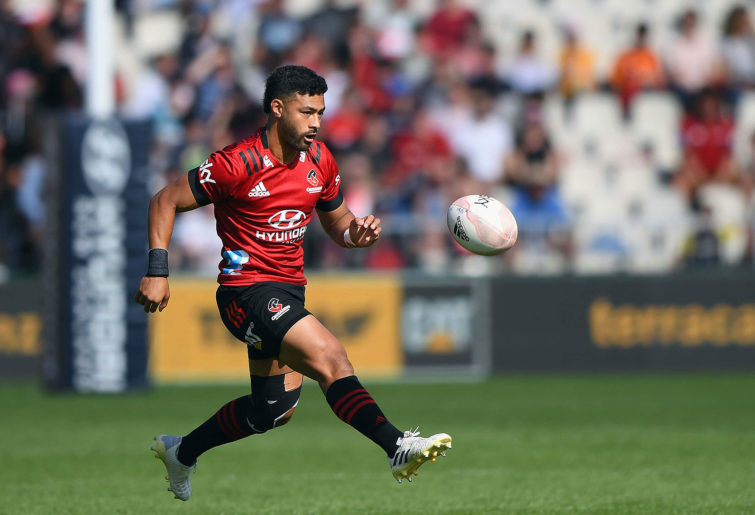
(Photo by Kai Schwoerer/Getty Images)
This was my follow-up.
Barrett had one clean break, zero offloads, and two defenders beaten.
Mo’unga had two clean breaks, two offloads, and eight defenders beaten.
Add in the defensive aspects, Barrett had four turnovers conceded, two tackles, and three missed.
Mo’unga had one turnover conceded, three tackles, and one missed (although it was a biggie).
This confirms the theory, as per last year’s article, that New Zealand coaches, media and fans have become so obsessed with X-factor and razzle dazzle that we are prepared to sacrifice many areas of the game in order to laud it.
The Pollyanna principle — or positivity bias — is alive and well in New Zealand rugby.
It is in game management that the major difference in these two styles manifests itself most clearly.
Barrett plays constantly flat when involved, takes the ball to the line, takes a lot of tackles himself (taking him out of multi-phase play), and he distributes to his outsides late and close to the line in the main.
I wonder if this style of play actually negates having the best and fastest passer of a rugby ball on the planet at halfback.
There is zero value in going to meet defensive line speed head-on over and over. After reviewing last year’s matches I now have some real sympathy for David Havili, who really copped the flat attack fall-out.
Mo’unga varies his depth in the pocket constantly, distributes quickly and with width and stays alive for multiple touches.
We had an excellent example in last year’s Ireland game. In the lead up to Akira Ioane’s disallowed try, Mo’unga had five touches, moved the Ireland defence around at will and threw the penultimate pass.
This is not an outcome possible if the All Blacks are going to select or direct their tens to play constantly flat.
In order to support this view, I noted the comments of Prof Wayne Smith in a recent interview where he stated he would like to see Barrett getting more touches. That is good enough for me.
The final confirmation came in Melbourne where I sat high behind the posts to watch both of the prospective All Blacks starters.
Both came up against sides with a resolute attitude to defence on the day and the style differences could not have been starker.
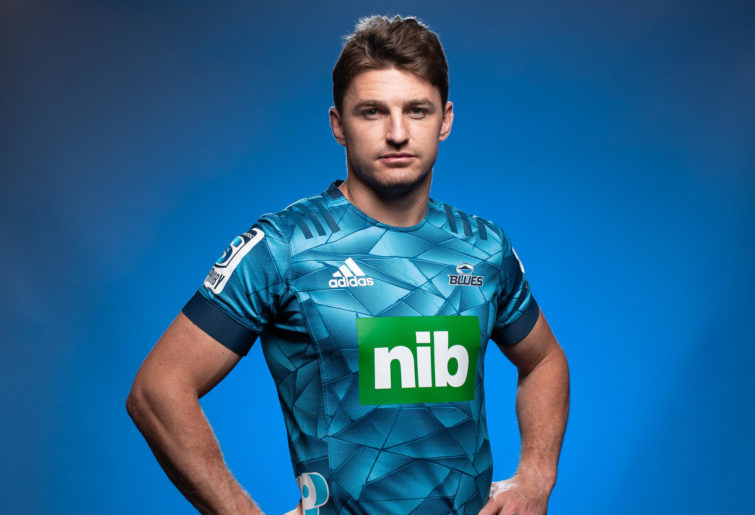
(Hannah Peters/Getty Images)
Mo’unga was constantly in the pocket, making himself available, probing and directing his team about while still taking all the running opportunities that came available.
Meanwhile, Barrett played at flyhalf like a fullback would, following behind the play, waiting and waiting for an opportunity to open for him before joining in.
The stats of the two games on the weekend speak for themselves.
Barrett had four runs, three kicks and 13 passes for a total of 20 touches.
Mo’unga had eight runs, seven kicks and 44 passes for a total of 67 touches.
So the total involvements over the two assessed games were Barrett 61, Mo’unga 127.
A simple fact of today’s game is that defensive line speed is dictating that the space to launch attacks is actually in behind your own 12, so a flyhalf who can loop and utilise that second touch is critical.
Error rates
NZ have three Tests against Ireland this year. Ireland are masters at keeping the pill.
NZ also have two away Tests to South Africa, who still rely on forcing errors via their kicking game in order to score points.
That means that reducing total turnovers must be a critical factor for an All Blacks side that has been way too flagrant in this regard in recent years.
The Cantabrian comes out in front on this measure one to seven in the recent two games, but also when looking at the key matches last year.
As an example, against Ireland, Barrett had 11 touches before he departed with injury, and three of them generated turnovers.
There was no chance to build pressure, no fatigue building in the opposition, no momentum in attack, and after the opening exchanges, New Zealand barely got the ball back.
This has to be a major focus area for the New Zealand side in 2022.
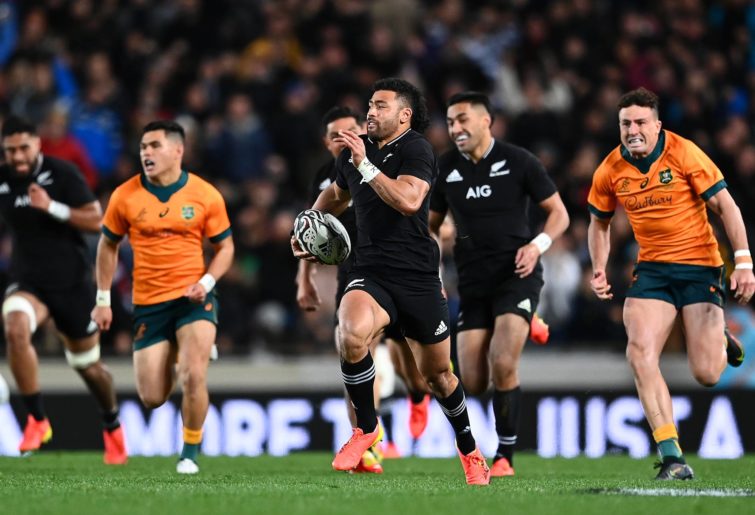
(Photo by Hannah Peters/Getty Images)
Conclusion
The criticism that flowed from the All Blacks’ international season in 2021 focused on the one-dimensional style of game plan and lack of innovation.
The lack of establishing gain-line dominance was clearly part of that. But a narrow, always-flat line of attack in the backs was a major contributing factor to this sameness.
This is not a north versus south, Blues versus Crusaders or even one-on-one contest.
That nonsense needs to be put aside and selections need to be based on the potential for the best outcomes.
If we are looking at the inputs available to the All Blacks’ selectors and the style of opponent they are going to come up against this year and at the 2023 Rugby World Cup, it is difficult to see how they cannot start Richie Mo’unga in the July Tests and bring the best rapier in the world Beauden Barrett off the bench.
Light blue touch paper and retire.